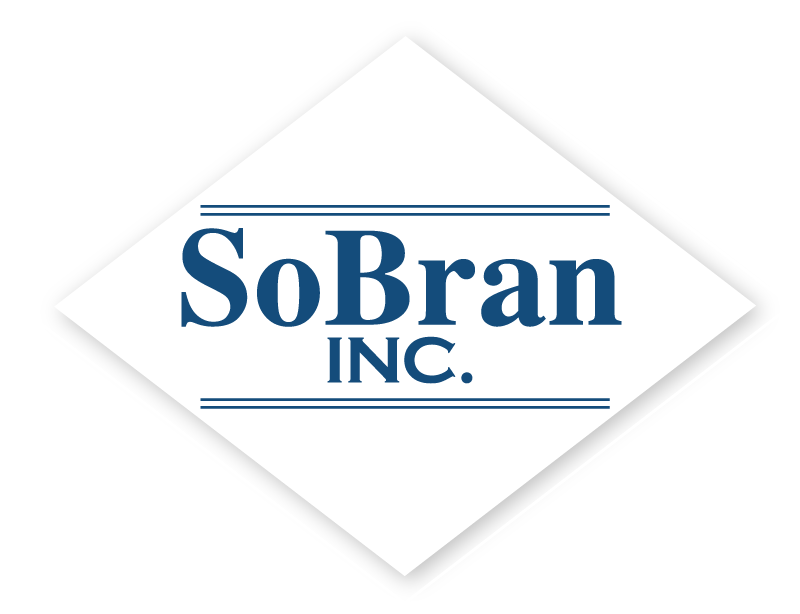Mail threats are so common today they don’t make the news unless they reach a high-profile target. If you wait to screen until mail terrorism threatens your company, it’s too late.”
– Amos-Leon’ Otis, SoBran Founder and CEO
To assess how organizations are protecting themselves from mail terrorism, SoBran, Inc. conducts an annual survey of security and mailroom professionals.
Why Is This Important ?
Anyone can be a target. Up from last year, at least 34% of companies say they received threats in the mail. These threats can occur at any time, for any type of organization. They may come from terrorist actions, homegrown extremists, or individuals with a grievance against a particular company
Mail screening is an essential part of an overall security plan that includes physical security and cybersecurity strategies to protect an organization’s staff, assets and reputation.
Understanding how organizations included in this survey address mail security challenges can help security professionals, facilities managers, mailroom staff, and business leaders shape their own risk management practices.
How Worried Should We Be?
Each year, the FBI and US Postal Service receive thousands of reports of hazardous or threatening mail. High profile or controversial organizations are not the only ones targeted by mail terrorism.
Unfortunately, half of the companies surveyed don’t screen incoming mail at all. Those that screen typically stop at the visual inspection (66%) or X-ray (73%) leaving themselves vulnerable to threats including biological or chemical.
“This anonymity is the beating heart of mail crime, opening the door for anyone with enough motive to commit criminal acts at arm’s length from the law.”
“…..It remains both a symbol of trust and a tool of terror…”
The Atlantic
What are the Main Roadblocks to Mail Security?
When asked to name their biggest challenge, survey respondents indicated equipment (34%) and budget (45%) were the main issues they must constantly address for mail security and the proper screening equipment.
As the results of this survey indicate, even organizations that are aware of the threat of mail terrorism and have taken steps to address it, have gaps in their security strategies which could leave them exposed to an attack
Where Can We Improve?
The risky practice of screening mail in the same building in which most employees work has dropped from 60% in 2018 to 43% in 2019. Offsite Mail Screening is a mail security “Best Practice” that keeps employees safer and reduces risk of productivity downtime as the result of a threat or hoax.
It is imperative for organizations that handle mail screening themselves to increase the knowledge of mailroom staff and any employees who handle incoming mail.
Providing specialized training on equipment for advanced screening to a small team of employees enables them to prevent the most dangerous threats from spreading within your organization. Their training should be refreshed as risk factors change and as new employees enter the organization. It is also critical to continually train staff on the latest threats and screening techniques.
Basic steps to Mail Safety Include:
1. Put a plan in writing
2. Install correct equipment
3. Train employees
4. Run practice drills
If this is not possible, consider outsourcing mail screening to a third party or sending mail to a third party screening facility.
Every day, threatening letters and parcels land at corporate and government offices. Most are inconvenient. Some cause damage. A few change everything. As long as terrorists have low cost and easy access to mail, all organizations must consider comprehensive mail screening an essential part of a security program.
For more information on mail security best practices, SoBran can help.
All this information and much more is included in the complete survey brief: “Symbol of Trust – Tool of Terror: Lessons Learned from the 2019 SoBran Mail Security Survey. Or you can view the infographic below.

